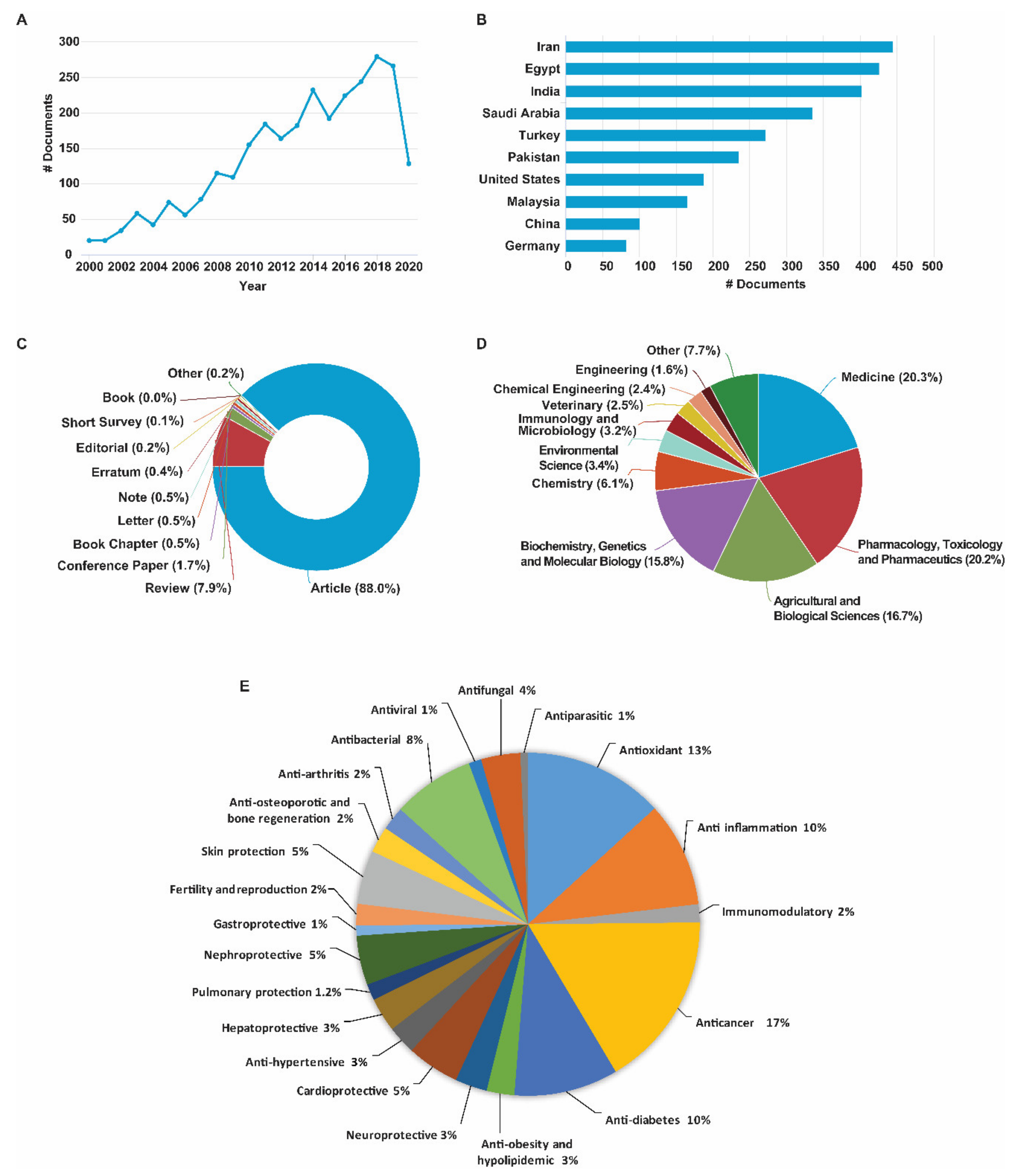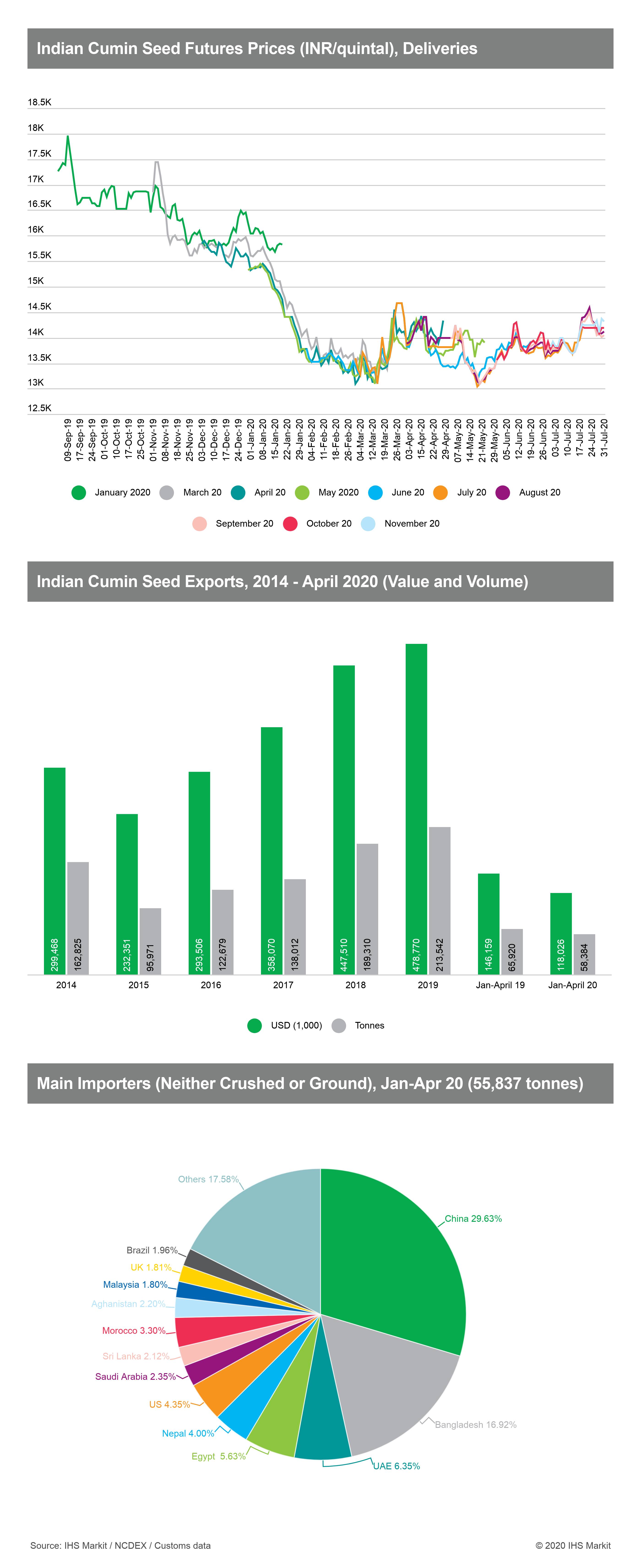The global cumin industry is experiencing significant trends, various key players, and observable price fluctuations. Such dynamics are reshaping the spice market considerably.
Cumin, a spice integral to cuisines worldwide, originates mainly from regions like India and the Middle East, and it has recently encountered a surge in global interest. Key players in the market range from local farmers to multinational food corporations, all vying for a stake in this lucrative market.
Current trends show an inclination towards organic and sustainable farming practices, responding to increasing consumer demands for natural products. Price fluctuations have been notable due to variables like climate change, export-import policies, and market demand-supply shifts. This introduction aims to shed light on these elements that are crucial for stakeholders in the cumin industry to navigate the current market and forecast future trends. With strategic insights, businesses and consumers alike can better understand the complexities of the global cumin trade.

Credit: www.mdpi.com
The Spice That Rules The Market: Cumin’s Global Stand
Cumin is not just a spice—it’s a global powerhouse. Prized for its distinctive flavor, it takes center stage in kitchens around the world. From the souks of Morocco to the markets of Mexico, cumin seeds are trading commodities that command attention.
Cumin’s Cultural And Culinary Significance
Cumin holds a special place on spice racks and in traditions. Its warm, earthy flavor helps define national dishes in many countries. Used for thousands of years, it’s part of history, culture, and daily life.
- Taco seasoning: A key ingredient in Mexican cookery.
- Curry powders: Essential in Indian cuisine.
- Middle Eastern dishes: Adds depth to many recipes.
Mapping Cumin’s Global Demand
Demand for cumin spans continents and cuisines. It’s a sought-after spice for its taste and aroma. Every year, countries vie for their share of this spice treasure.
| Country | Consumption | Import |
|---|---|---|
| India | Highest | Large quantities |
| China | Increasing rapidly | Growing market |
| USA | Steady | Regular imports |
The table shows top players in cumin’s global dance. India leads in both consumption and imports. China’s market is expanding fast, while the USA enjoys a steady love affair with this ancient seasoning.
Seeding Success: Key Players In The Cumin Game
The cumin industry, rich with aroma and flavor, is a global affair. Key players from specific regions dominate this market. Let’s dig into the top producing countries. We will also look at the major companies that keep the cumin trade thriving.
Top Producing Countries And Their Market Share
When it comes to cumin, some countries lead the pack. India, Turkey, and China stand out for their lush fields of this prized spice. We cannot ignore Iran and Syria as well. Each country’s cumin has unique traits that charm the global palate.
| Country | Market Share | Quality Traits |
|---|---|---|
| India | ~70% | Robust flavor, high oil content |
| Turkey | ~20% | Sweet, milder taste |
| China | Small but growing | Aromatic, less pungent |
| Iran | Varies | Rich taste, high quality |
| Syria | Varies | Bold, distinct flavor |
Major Companies And Exporters
The bustling trade of cumin is driven by dynamic companies. Leaders include Patel Export Industries and Unjha Agro Company from India. Jeeravan Spices makes its mark from Turkey. China’s Guangzhou Liang Spice Trade Co.,Ltd stands out with innovative packaging.
- Patel Export Industries – India’s largest exporter, quality-focused
- Unjha Agro Company – Pioneers in organic cumin, global reach
- Jeeravan Spices – Turkey’s finest, traditional methods
- Guangzhou Liang Spice Trade Co.,Ltd – Chinese innovator, eco-friendly approach
These key players not only cater to taste but also to health and safety standards. The industry sees a high emphasis on organic and sustainable practices. This shapes the market and drives the competition. With robust markets and esteemed exporters, the cumin industry is ever-evolving.
Cultivation And Harvest: The Journey From Farm To Table
Cumin, a spice that dances on the tongues of global cuisines, begins its journey in the warm embrace of earth. It’s a narrative of nurturing, nature, and meticulous care. Legendary for its distinctive flavor, cumin’s voyage from tiny seed to kitchen staple is one of tradition and innovation.
Farming Techniques Across Different Regions
Farming Techniques Across Different Regions
Diverse climates and soils whisper different secrets into the ears of cumin crop cultivators.
- In India, cumin finds a second home. Farmers adopt organic practices, compost enrichments, and time-tested crop rotations.
- Iran’s arid regions demand water management strategies. Farmers gather wisdom from ancient times to modern technology.
- China applies both traditional knowledge and scientific advancements. It fine-tunes soil conditions to elevate cumin quality.
The Harvest Season and Its Impact on Supply
The Harvest Season And Its Impact On Supply
Cumin’s harvest months wield a significant influence on its availability and price.
| Country | Harvest Season | Market Effect |
|---|---|---|
| India | February to April | Boosts global supply, may lower prices |
| Iran | June to July | Stabilizes prices post-India’s peak |
| Syria | May to June | Supplements Iranian supply |
Weather patterns also play their part. A favorable season can mean abundance, while unexpected rains or drought might tighten the reins on cumin flow.
Factors Behind Price Volatility
Understanding the reasons for price volatility in the cumin industry is key. It helps cumin traders, buyers, and food industry stakeholders to make informed decisions. Price changes can affect everyone from farmers to consumers.
Climate’s Role In Crop Yields
Weather patterns directly impact cumin production. Cumin thrives in a certain climate. Too much rain or extreme drought can ruin crops. This loss affects supply and spikes prices.
- Drought: Reduces crop size, leading to less supply.
- Floods: Can destroy cumin fields, also lowering supply.
- Temperature changes: Unusual temperatures can affect plant growth.
Farmers depend on stable climates for good harvests. Even small changes can cause big price swings. Buyers should keep an eye on weather reports in key farming areas.
Market Speculation And Trade Policies
Trade policies can cause sudden price changes in the global cumin market. If a major cumin-producing country changes its export rules, prices can jump or fall fast.
| Policy | Impact on Prices |
|---|---|
| Export taxes | Raises local prices, affects global rates |
| Import restrictions | Can lead to scarcity, pushing prices up |
| Trade agreements | May lower tariffs, reducing costs |
Speculation also plays a role. Traders make bets on future prices. If many think prices will rise, they may buy now, causing a price increase. It’s a cycle that can amplify volatility. Skilled traders observe changes in trade laws and market sentiments to predict price movements.
Adapting To Change: How The Industry Is Responding
The global cumin industry is witnessing significant shifts. Climatic variations, evolving market demands, and price volatility have necessitated a nimble approach. Industry players are swiftly adapting with advanced strategies and innovative measures to ensure sustainability and growth. Let’s discover the tactical changes driving the industry forward.
Innovations In Farming Practices
In response to fluctuating conditions, cumin farmers are embracing new farming methods. These innovations are ensuring consistent quality and yield. Below are key advancements enhancing cumin production:
- Smart irrigation systems: These systems use water effectively, reducing waste and cost.
- Genetically modified seeds: They resist diseases better, promising a healthier crop.
- Organic farming techniques: These meet growing demand for sustainable and chemical-free cumin.
Diversifying Sources To Stabilize Supply
Global cumin markets are mitigating risks by diversifying their supply bases. By turning to multiple sourcing regions, they tackle supply chain disruptions head-on. It leads to a more balanced market and price stability. Here’s an outline of the approach:
| Region | Contribution | Advantages |
|---|---|---|
| South Asia | Main supplier of cumin globally | Abundant production |
| North Africa | Emerging producer with promising potential | Expanding cultivation areas |
| Latin America | Alternative source with niche markets | Diverse climatic conditions for year-round supply |

Credit: www.linkedin.com
The Road Ahead: Predictions And Emerging Trends
As we delve into the future of the global cumin industry, several trends are shaping its trajectory. Experts are making educated guesses. The landscape is vibrant and ever-evolving. Let’s explore what could lie ahead.
Shifts In Consumer Preferences And Their Effects
Consumer preferences are shifting toward organic and non-GMO products. This trend affects cumin production. Demand for natural spices is up. Farms are adjusting practices accordingly.
- “Clean-label” spices demand grows
- Organic cumin farming is expanding
- Producers are embracing sustainable methods
Potential For New Markets And Growth Areas
New markets hold potential for cumin. Population growth and diverse culinary interests fuel this trend. Health awareness creates more opportunities for cumin.
| Region | Potential Impact |
|---|---|
| Asia-Pacific | High, due to population and traditional cuisine |
| North America | Growing, with health trends influencing consumption |
| Europe | Moderate, with organic trends aiding growth |

Credit: www.spglobal.com
Frequently Asked Questions On Exploring The Global Cumin Industry: Trends, Players, And Price Fluctuations”
What Drives The Cumin Market Trend?
The cumin market trend is driven by rising culinary and medicinal uses globally. Cumin’s popularity in ethnic cuisines and increasing demand in the food industry spur market growth. Health benefits associated with cumin also contribute to its expanding market presence.
Who Are The Key Players In Cumin Production?
The key players in cumin production are primarily based in India, China, and Syria, which are the largest producers. These countries have favorable climates and conditions for cumin cultivation, enabling them to dominate the market.
How Do Price Fluctuations Affect Cumin Industry?
Price fluctuations in the cumin industry impact both producers and consumers. They are caused by factors like climate changes, crop yield variations, and market demand shifts. Such volatility can affect the profitability for farmers and pricing strategies for distributors.
What Countries Lead In Cumin Consumption?
Leading countries in cumin consumption include India, followed by China, Mexico, and the Middle East nations. These regions have a strong tradition of using cumin in their local cuisine, which sustains its high demand in these markets.
Conclusion
Navigating the cumin industry reveals an intricate web of trends, key players, and unpredictable price shifts. As we’ve seen, staying informed is crucial for stakeholders at every level. Keeping an eye on these factors can carve a path to strategic decisions and success.
Embrace the spice of change and opportunity within this evolving market.








